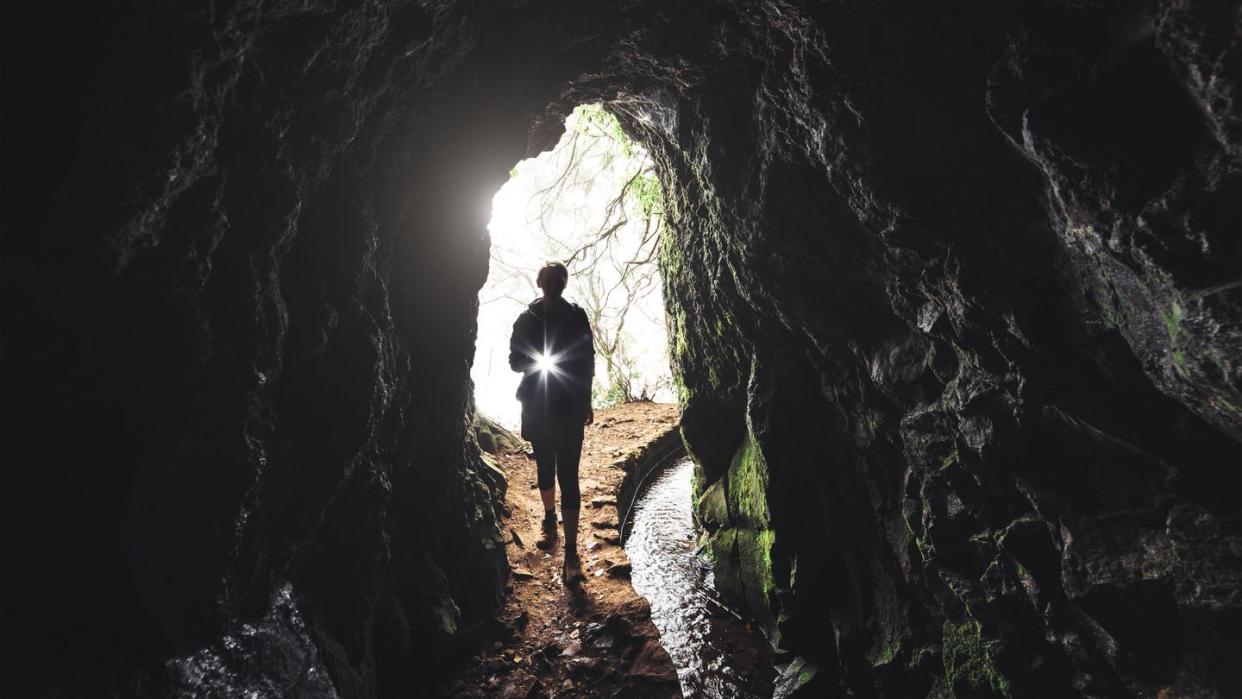A Routine Excavation Revealed a Stunning Maze of Hidden Tunnels Beneath a Tiny Garden

At an excavation site in Distré, France, archeologists uncovered an expansive tunnel network—built between the 10th and 12th centuries—beneath what appeared to be only one medieval home site.
The theory for this expansive network is that the site served as a storage facility for multiple agricultural operations.
More analysis will need to be carried out to prove this theory and explain why the area was eventually abandoned.
The secrets of the Middle Ages are spread throughout Europe, but most of them lie underfoot.
Take, for instance, this archaeological spot in Distré, located roughly an hour-and-45-minute car ride from Nantes in Western France. By the looks of it, the site itself houses only one measly structure. But beneath it lies a labyrinth of tunnels, built around the 10th to 12th century CE, that hides some clues about medieval life across the small stretch of land.
Uncovered by the French National Institute for Preventive Archaeological Research, or Inrap, the site contains tunnels that stretch 164 feet. Because it was blocked by debris, the tunnels were provided “archaeological protection,” Inrap said in a statement translated from French. The tunnels contained five rooms that were likely predominantly used for storing food.
However, archeologists also uncovered what appears to be a trough and a fixing ring, suggesting that small livestock also used the subterranean space. Additionally, they found evidence of domestic life—including seeds, ceramics, and parts of two buckets. However, experts aren’t ruling out the possibility that the tunnels could’ve been used for some sort of defensive purpose.
One of the big mysteries is why this tunnel network is so large for what appears to be only one home.
“A single housing unit appears to occupy the excavated area, but the storage capacity far exceeds the daily needs of a family,” the Inrap release states. “The hypothesis of an occupation dedicated to the collection of production from several agricultural operations can therefore be put forward.”
This means that this underground storage system could’ve served as a cellar of sorts for multiple agricultural operations, explaining the need for so much space.
The Inrap archaeologists also have a theory as to why the site was abandoned in the first place. The team discovered a series of dismembered cattle remains in some of the 30 or so silos found in the excavation site. This could point to an epizootic disease that spread through the livestock, forcing the abandonment of the property. However, the archaeologists stress that further analysis—especially of a parasitological nature—will need to be conducted in order to prove this theory.
This medieval subterranean world isn’t the only big piece of medieval archaeology news to come out of France recently. Back in December of 2023, Inrap also announced that it’d completed the first full excavation of a medieval abbey in European history, which also uncovered the remains of an ancient city and some 1,000 burials spread across centuries.
The mysteries of our origins are underfoot, and France seems set on exposing those mysteries to the light of day.
You Might Also Like

